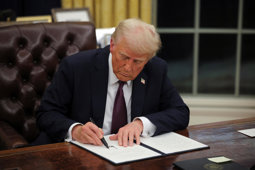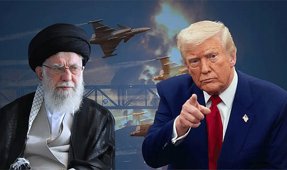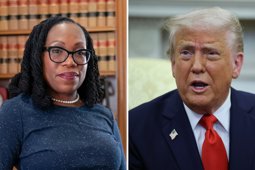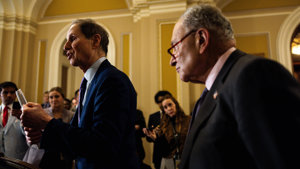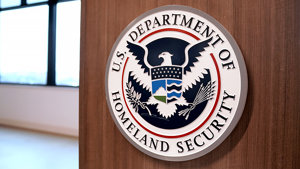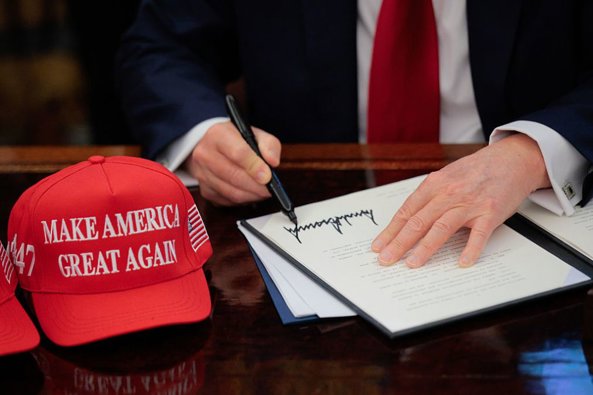
Trump Signs China Tariff Reduction Deal
United States President Donald Trump has officially signed a temporary reduction in tariffs on Chinese imports, following a new trade agreement between Washington and Beijing. The deal, announced by the White House, aims to address trade imbalances and security concerns, with Trump describing China's willingness to negotiate as a 'significant step' toward remedying non-reciprocal arrangements.
National Economic Council Director Kevin Hassett stated that the agreement signals a 'reboot' of US-China relations. Hassett added that stock markets could soon experience normalization and announced an acceleration of regulatory cuts. He also revealed that 24 new trade deals are lined up for finalization in the coming weeks.
US Trade Representative Jamieson Greer warned that if negotiations falter, tariffs on Chinese goods could rise again. Greer emphasized that the current tariff structure reflects Trump's original strategy, with a 50% rate on China and 10% globally. He defended the administration's approach, highlighting the use of 'real power and real leverage' to restore balance after China's retaliatory actions.
On the Chinese side, President Xi Jinping cautioned against the use of tariffs as a form of bullying, stating it leads to global isolation. Speaking at a summit with the Community of Latin American and Caribbean States (CELAC), Xi expressed support for Latin America's sovereignty and announced $9.2 billion in new Chinese investments in the region.
Meanwhile, China's Foreign Ministry criticized the United States for politicizing the fentanyl issue. Spokesperson Lin Jian asserted that the fentanyl crisis is a US domestic problem and condemned Washington's tariff measures as detrimental to bilateral cooperation. Lin called for dialogue based on mutual respect and reciprocity.
As part of the new agreement, both countries have agreed to suspend certain tariffs for 90 days, reducing them to 30% for the US and 10% for China during this period. The developments highlight both progress and persistent tensions in the US-China trade relationship.

